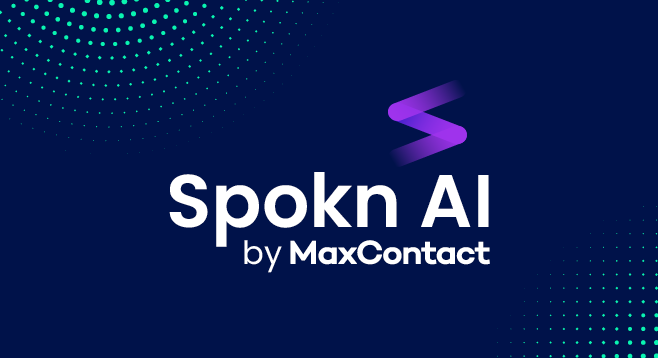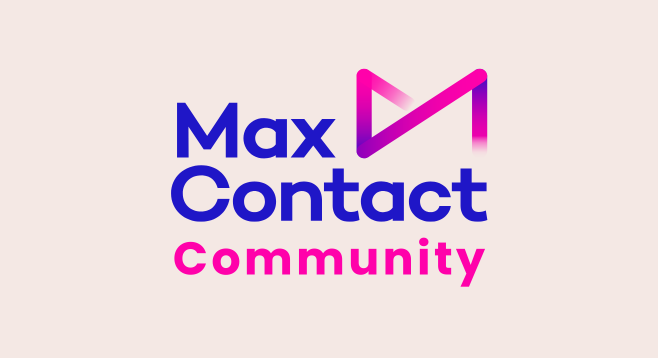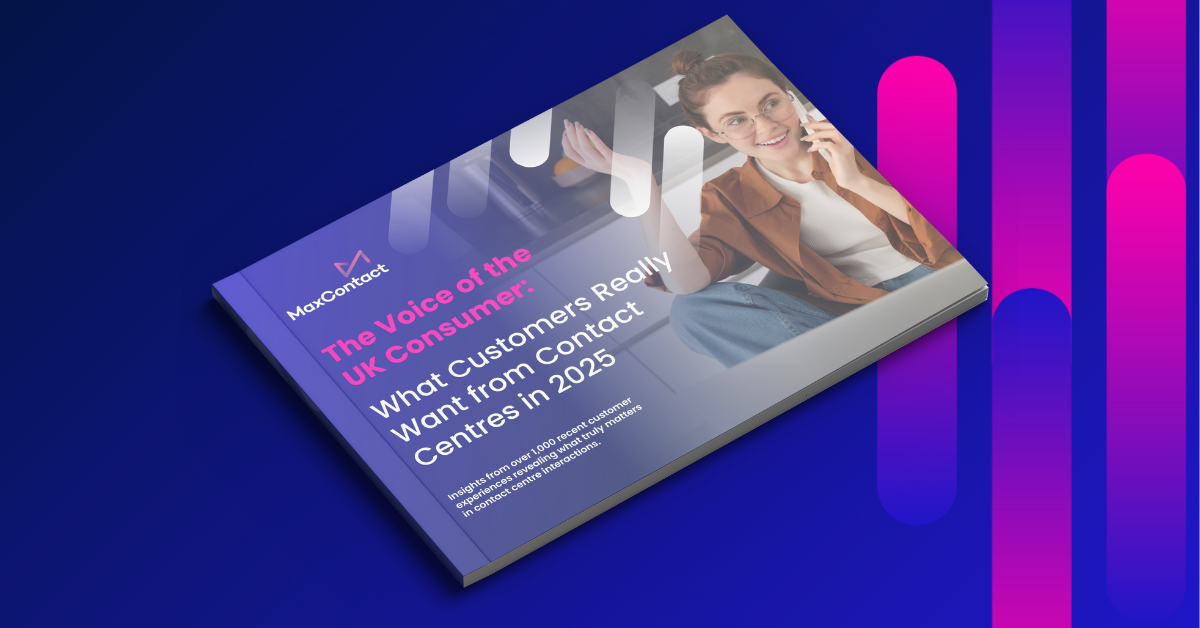In 2022, customers have an infinity of choice. In nearly every category of product or service, an alternative to your brand or business (and usually several) is only ever a Google away.
At the same time, consumers have never been so prepared to switch provider or supplier, because switching has never been so simple. They’re also happy to detail poor experiences with brands and businesses on social media.
In this highly competitive environment, customer service becomes a key point of difference. Your products or services need to be spot on. Your after sales support needs to be equally excellent.
Proactive customer service is a new standard of excellence
More businesses are now impressing customers with proactive customer service.
Proactive customer service means that, instead of waiting for customers to come to you, you proactively contact customers who may be dissatisfied or having problems with a product.
Why’s that important? Customers know that products are sometimes faulty, and services are not always perfect. They won’t necessarily punish your business for an occasional glitch. According to Salesforce research, if a company’s customer service is excellent, 78% of consumers will do business with them again after a mistake.
Being proactive is an increasingly important ingredient in excellent customer service. By proactively contacting customers about a problem, you stop them having to take time out of their day to contact you.
By receiving a call or email unexpectedly sharing the solution to their problem (and any associated timeline), you reassure customers that something is being done and you care.
It’s all about being honest and upfront. When your train doesn’t turn up, you want to be kept informed of its progress, not kept in the dark. When your broadband goes down, a text message admitting to the fault and giving an expected fix time is the next best thing to a solution.
Proactive customer service isn’t just about problems. If something is genuinely beneficial, customers will usually be happy to be contacted about it, even out of the blue.
But it does work especially well when customers need help. That’s when they really appreciate informed, empathetic communication. It’s all part of a personal, customer-focused service.
How do you deliver proactive customer service?
So if proactive customer service is good for business, how do you do it?
Most importantly, you have to get to know your customers well. That means measuring customer sentiment and tracking it over time, so you can act quickly when satisfaction starts to wane.
Ask for feedback, monitor social media and dig into customer complaints. Do the same issues keep coming up? Is there a pattern to a recent rise in calls to your support centre?
Make sure agents know to note instances of customer dissatisfaction, even if they’re only mentioned in passing. Monitor use of online FAQs and how-to articles.
When you know the issues customers face, you can prepare proactive communications. For example, a problem that is starting to prompt calls to your support line might be relatively trivial, and easily fixed with a self-service article. Proactive messaging can direct customers to the right web page, so they don’t have to waste time on the phone.
Alternatively, a significant fault may require a lengthy fix, risking a wave of complaints. But proactively informing customers of the problem and keeping them updated on progress towards a fix is the best way to clear up confusion and diffuse anger.
And positive proactivity works too. An unsolicited call or email to help customers make full use of a great new feature or product release will create goodwill towards your business.
How MaxContact can help
Proactive customer service works. According to research, it can reduce customer churn by 3%-5%. Over time, that’s a lot of customers that stay with your business.
Proactive customer service relies on targeted, relevant and timely communication. With MaxContact, you can easily create and implement a proactive contact strategy, starting with the following features:
Omnichannel customer engagement
Sometimes a text is all it takes. At other times, a call is more personal. An omnichannel platform lets you proactively contact customers in a way that suits them.
CSAT and NPS
MaxContact lets you monitor important customer satisfaction scores, so you can act decisively if they start to slip.
Automated dialling
Segment customers and create automatic contact lists based on relevant data points, like “X days since support ticket closed” (ask them how the solution is working), or “X% reduction in usage” (get to the root of the problem before they abandon the service altogether). And if there’s a wider problem, automated dialling allows you to quickly contact customers before they contact you.
Bulk SMS
Target groups with bulk support texts, offering advice, a quick fix, or a simple “how’s it going?”
Analytics
Monitor data on things like wait times or first call resolution. If a customer has experienced sub-standard service based on metrics like these, send them an apology or even an email gift.
Speech analytics
MaxContact’s speech analytics platform can monitor customer sentiment even if a caller is not obviously complaining. Dig deeper to find the cause of dissatisfaction and proactively put it right.
Proactive customer service can improve satisfaction and reduce churn, but it’s difficult to do consistently without a smart and efficient communication platform in place. MaxContact helps in two ways. It offers the tools and analytics to monitor customer sentiment. It then gives you the contact options that make a proactive strategy possible.
Get in touch to hear how MaxContact can make a difference to your business.





